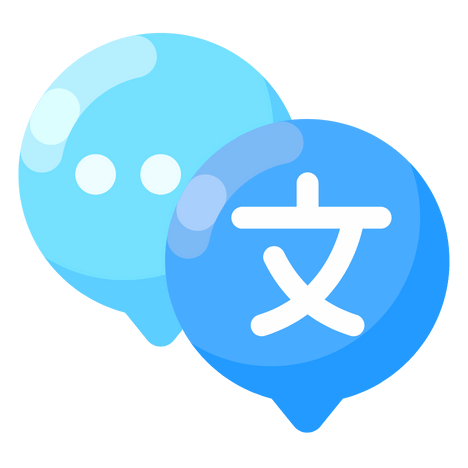The search for competitive translation rates can be complex. Between the various factors influencing prices and the multiple options available, it’s vital to understand the subtleties of the market to get the best value for money. Let’s explore the key aspects of translation rates and strategies for optimizing your language expenses.
Understanding the structure of translation rates
Translation rates vary considerably, typically between €0.05 and €0.22 per word. This range can be explained by several determining factors:
- Language pair (source and target)
- The complexity and specialization of the content
- delivery time
- Volume of words to be translated
- Translator experience
- File format
- Repetitions and matches with translation memory
Specialized translations, such as those in the legal, technical or medical fields, are generally charged at higher rates due to the expertise required. For example, a medical translation could cost up to €0.20 per word, while a general translation could be charged at €0.10 per word.
It is essential to note that the methods used to calculate rates can vary. Some providers charge per word, others per hour, per standard line or per page. In addition, minimum charges are often applied to small projects, to cover administrative costs.
| Billing method | Advantages | Disadvantages |
|---|---|---|
| Per word | Transparent, predictable | May disadvantage concise languages |
| Per hour | Flexibility for complex projects | Less predictable for the customer |
| Per page | Simplicity for standard documents | Variations possible according to layout |
Factors influencing translation costs
Linguistic complexity plays a crucial role in determining rates. For example, translations into German are often more expensive due to the natural expansion of the text in this language. According to data from ProZ.com, average rates per word vary:
- 0.104 average for all languages combined
- 0.098 to $0.116 for 80% of rates
- 0.12 for English to French translation
- 0.11 for English to German translation
Tight deadlines or requests outside office hours generally entail additional charges. For example, an urgent translation could cost 30% to 50% more than a standard translation.
The use of translation technologies can influence rates. Translation memories enable discounts to be applied to repeated or partially translated segments, which can significantly reduce costs for large or recurring projects. Machine translation, while less expensive, offers lower quality than professional human translation, and often requires post-editing.

Strategies for obtaining the best translation rates
To optimize your translation expenses while maintaining high quality, several strategies can be implemented:
- Compare offers: Request several quotes to get an overview of the market. Don’t hesitate to negotiate, especially for large volumes or as a regular customer.
- Choose the right service provider: Translation agencies often charge higher rates than freelance translators, but offer additional services such as proofreading and project management.
- Optimize your source content: A clear, well-written text will facilitate the translator’s work and may reduce costs.
- Use technological tools: Translation software such as DeepL (€5.99 to €49.99 per month) can be useful for basic translations or to prepare the ground.
It’s important to bear in mind that translation quality is generally proportional to price. A low-cost translation may look attractive, but it risks compromising the clarity and effectiveness of your message, especially in specialized fields.
Analyzing costs: case studies
To better understand the practical application of rates, let’s look at a few scenarios:
Case 1: Translation of an e-commerce website
Volume: 10,000 words
Language pair: English to French
Average rate: $0.12 per word
Total estimated cost: $1,200
Case 2: Translation of a technical manual
Volume: 50,000 words
Language pair: English to German
Specialized rate: $0.15 per word
Volume discount: -10
Total estimated cost: $6,750
These examples illustrate how different factors influence the final cost of a translation project. Content specialization, volume and language pair are key elements to take into account when estimating costs.
Ultimately, getting the best translation rates requires a thorough understanding of the factors influencing prices and a strategic approach. By carefully balancing quality, deadlines and budget, you can optimize your translation investments and ensure the success of your international language projects.
